Celebrating Diversity: How Make Up For Ever Caters to Every Skin Tone
Introduction
The beauty industry has long grappled with the challenge of catering to a diverse population. For centuries, makeup brands tended to prioritize a limited range of skin tones, often neglecting individuals with darker or uniquely pigmented skin. However, as society continues to evolve, so too does the understanding of beauty. One brand that stands at the forefront of this revolution is Make Up For Ever. With a mission to empower all individuals, regardless of their skin tone, Make Up For Ever has set itself apart by offering an expansive and inclusive array of makeup products. This article explores how the brand celebrates diversity, details its commitment to catering to every skin tone, and discusses the cultural impact of such inclusivity in the beauty industry.
The Evolution of Beauty Standards
Historically, beauty standards have been influenced by a range of factors, including geography, culture, and socio-economic status. Eurocentric beauty ideals have dominated advertising and marketing for decades, leaving those with non-Western features often feeling marginalized. The late 20th and early 21st centuries have, however, marked a significant shift, ushering in a demand for diversity not only in fashion but also in beauty.
As consumers become more vocal and informed, brands are being challenged to rethink their approach. Make Up For Ever is among the brands that recognize the shift, positioning itself as an advocate for inclusivity. Founded in 1984 by artist and visionary Dany Sanz, the brand has always embraced the transformative power of makeup, emphasizing artistry and diversity from its inception.
The Commitment to Inclusivity
Make Up For Ever’s commitment to inclusivity is evident in its product lines, which feature a wide spectrum of shades designed to match every skin tone. The brand’s HD Invisible Cover Foundation is a prime example of this commitment. Introduced in 2010, this product was groundbreaking in its formulation and color range, offering 50 shades that reflected the nuances of real skin. Each shade was thoughtfully designed to cater to a diverse customer base, ensuring that everyone could find their perfect match.
Shade Range
The comprehensive shade range of Make Up For Ever has become a cornerstone of its brand identity. This dedication to providing options is not just about presenting multiple colors. It involves understanding the unique undertones that different skin tones possess, including peach, yellow, red, and olive hues. By considering these subtleties, Make Up For Ever has established a reputation for creating products that truly resonate with various ethnicities and cultures.
Expert Collaborations
Make Up For Ever also collaborates with talented artists and influencers from diverse backgrounds to ensure their products resonate with different communities. By doing so, they not only create a stronger bond with their customer base but also elevate the representation of far-reaching cultures within the beauty landscape. Involving experts from diverse backgrounds in product development and marketing campaigns helps the brand remain authentic and relevant to a wider audience.
Cultural Impact of Inclusivity in Beauty
The impact of Make Up For Ever’s commitment to inclusivity extends beyond their products. By prioritizing diversity, the brand is reshaping consumer expectations and fostering a more accepting environment within the beauty community.
Building Self-Esteem
Make Up For Ever’s diverse range of colors and formulations empowers individuals by enhancing their natural beauty. By making products accessible for all skin tones, the brand plays an essential role in building self-esteem among those who may have previously felt unseen or overlooked. The positive message is clear: beauty is not exclusive; it is universal.
Influencing Industry Standards
As one of the leading brands in the beauty industry, Make Up For Ever’s inclusive approach sets a benchmark for other brands to follow. In recent years, there has been a noticeable shift in the industry, with more brands embracing diversity in their product lines. For example, major brands such as Fenty Beauty, Huda Beauty, and Anastasia Beverly Hills have expanded their offerings to include more shades that cater to different skin tones. This ripple effect underscores the importance of competition and attention to diversity, compelling more companies to adopt inclusive practices.
The Role of Education and Awareness
While increasing diversity in product offerings is a key factor, education and awareness are equally essential. Make Up For Ever exceeds expectations by providing educational resources to consumers, retailers, and makeup artists that emphasize the importance of color matching and skin tone awareness.
Training Programs
Make Up For Ever invests significantly in training programs aimed at beauty professionals. These programs teach makeup artists how to effectively work with diverse skin tones, focusing on understanding undertones, application techniques, and the importance of texture. As artists gain a wealth of knowledge, they are better equipped to serve clients from varied backgrounds, promoting inclusivity at every level of the industry.
Social Media Campaigns
In today’s digital age, platforms like Instagram and TikTok serve as critical tools for brands looking to reach new audiences. Make Up For Ever leverages these platforms to showcase a diverse range of models and influencers, creating content that speaks to various communities. Through makeup tutorials and collaborations, the brand fosters a sense of belonging and encourages followers to express their individuality through beauty.
Real Stories of Transformative Power
Consumers around the world have shared their personal stories about how Make Up For Ever’s products have empowered them. These narratives illustrate the power of representation and the emotional connection individuals feel with products that cater specifically to their needs.
Empowering Personal Narratives
One such story comes from a woman of color who had long struggled to find a foundation that complemented her complexion. After discovering Make Up For Ever, she was able to find her perfect match, and the experience transformed her perspective on makeup. “I finally feel seen,” she remarked, highlighting the emotional significance of having access to products that celebrate her skin tone.
In another instance, a makeup artist shared how Make Up For Ever’s wide range allowed her to confidently work with clients of all backgrounds, helping to build trust and rapport. “When my clients see that I have the right shade for them, it changes everything,” she explained, emphasizing the meaningful connections that can be formed through the art of makeup.
Conclusion
Make Up For Ever has played a pivotal role in promoting diversity within the beauty industry. By offering products that cater to various skin tones and actively promoting educational initiatives that foster understanding and respect for all types of beauty, the brand has set a benchmark for inclusivity.
As consumers become increasingly aware of the importance of representation, Make Up For Ever continues to lead the conversation surrounding inclusivity. By advocating for stories told from diverse perspectives and empowering individuals to celebrate their uniqueness, the brand not only reshapes the standards of beauty; it also inspires an entirely new generation of makeup lovers, artists, and influencers.
In celebrating diversity and prioritizing inclusivity, Make Up For Ever illustrates the profound impact that thoughtful and representative practices can have in the beauty industry and beyond. As we move towards a future that values and celebrates all skin tones, the story of Make Up For Ever remains an empowering testament to the defining power of makeup and artistry.
Modern Footnote: This article draws on a range of perspectives within the beauty community and industry reports that highlight the ongoing evolution towards inclusivity in cosmetic products. It reflects on real-world experiences and the role of various stakeholders in pushing for a more diverse representation in the beauty landscape.















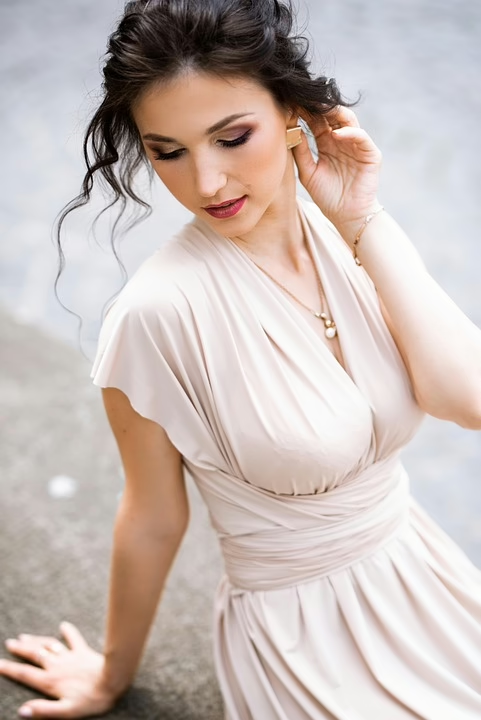
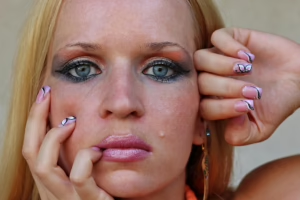
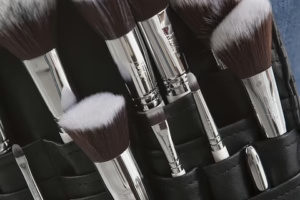
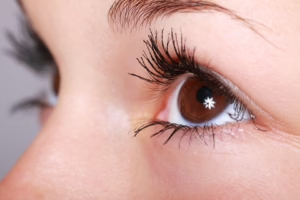
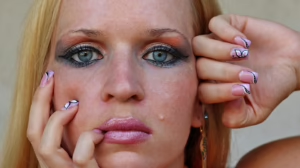
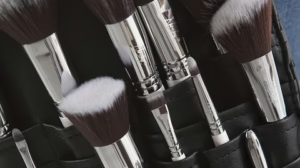
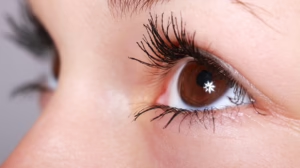




Add Comment